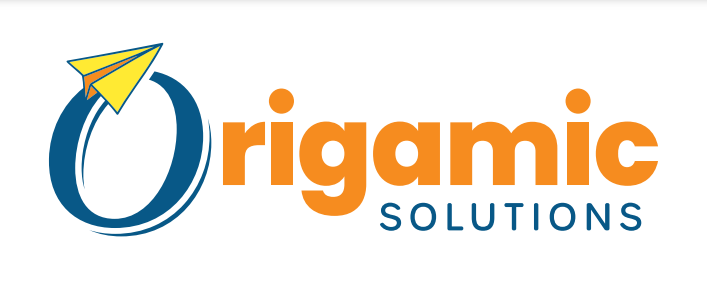When Planning, The Devil is in the Details
“A goal without a plan is just a wish” - Antone de Saint-Exupery
The third phase of the IMPACT Methodology ™ is Planning. Planning is a very broad subject because plans are developed at the strategic and tactical levels. In the previous blog (click HERE to read), we discussed capturing measurements about the current state of your business, project, processes, etc. Now it’s time to put a plan together for which actions you need to implement in order to improve.
There are two schools of thought when it comes to taking action on an objective. One is the dominant approach - “Get It Done”. The second is the conscientious approach - “Get It Done the Right Way the First Time”. Both approaches have their pros, cons, and appropriate application.
The “Get It Done” approach is appropriate for strategic and roadmap level planning. These plans are intended to communicate the vision and establish the roadmap. Their focus is on alignment and logical breakdown; thus, they do not require a drilled-down level of detail in order to compose a successful plan.
The “Get It Done the Right Way the First Time” approach is important for tactical delivery plans. As Alen Lakein once said, “Planning is bringing the future into the present so that you can do something about it”. The key word is “do”. Tactical execution plans bring the strategic plans to life through delivery execution. They need to be structured, data-driven, organized, and require thorough levels of detail and order. If you have members of your team who are results driven, detailed oriented and thrive on organizational structures, then they are the individuals you want to be leading the planning phase. Generally, these are your project managers and subject matter experts. They know what has to take place, in what sequence, and typically how long it will take and what resources are required.
Regardless of the type of plan you’re developing - strategic or tactical, there are five components that must be clearly articulated within the plan:
- Define the objective / problem statement to solve.
Having a clear objective or problem statement ensures all participants are focused on the same destination/result.
- Define scope boundaries
There is an old saying that you can’t boil the ocean. Scope boundaries establish clarity of components that outline what should or should not be included in the project or analysis. They also help to define the start and end points of the project, phases within the project, or components that may include multiple tasks (i.e – decorating for an event). This helps to control the cost and focus of the project.
- Articulate success criteria to measure against:
- Time: when is the project or task is expected to begin and be completed?
- Budget: how much money and resources are available to complete the objective?
- Function: how does the expected product or service work?
- Feature(s): what functionality should the product or service include for the end user?
- Quality Level: what is the acceptable level of quality for this delivery? Does it have to be 100% complete and meet all defined requirements, or can it meet the most critical requirements, and other requirements can be added at a future time as enhancements?
Incorporating specific descriptions of the measurable criteria that would define the project’s success will reduce interpretations and assumptions.
- Breakdown the approach and resource requirements
There are various project management and delivery approaches that can be utilized to prepare for executing a project. Each approach has pros and cons, so it is important to understand which one best fits your company. It is also important to think through the resources that will be needed so the project does not get out of control. This could include budgets, people, technical equipment, time frames, etc.
- Document tactical plan and execution schedule:
Don’t use “I Think”. Make sure you have all your facts and data. The tactical plan is a verbal description of the execution approach that can be shared in a brief and concise manner to gain buy in and approval.
The execution schedule is a detailed step by step plan that includes the following for every task:
- The assigned personnel to execute the task.
- The date/time when the task will be executed.
- Any dependencies that need to be completed before the given task can be completed
It is highly recommended that you take ample time to complete planning activities. Benjamin Franklin is known
for his quote, “If you fail to plan, then you plan to fail.”
If you move too quickly and don’t think through all the details and potential risk or points of failure, then you risk failure. This could also mean spending two or more times the time, money, resources, and risking negative client or public perception. If you do take action before fully completing the planning phase and the plan doesn’t produce the anticipated outcome, change the plan not the goal. Remember, the devil is in the details!
Leave us a comment below!


.png?width=352&name=Blog%20Headers%20(1).png)